Market Share
Plastic Antioxidants Market Share Analysis
There are several segments in chemical industry such as Plastic Antioxidants Market but it remains noteworthy due to intensity competition surrounding it together with dynamic nature involved.Business sustainability depends upon successful positioning relative to companies’ competitors and this is where market share comes in. The Plastic Antioxidants Market is influenced by numerous aspects including technological advancements, regulatory frameworks, and consumer preferences.
The first strategy here entails product differentiation through innovation. In a market where performance is paramount, firms have to come up with new antioxidants that possess various features like improved heat resistance, long shelf lives and enhanced greenness. This will allow them to stay ahead and establish a niche market segment addressing specific requirements of clients thereby differentiating their brands from other offerings by the rivals.It also has the added advantage of building brand loyalty as well as making it hard for anyone else who wishes to start producing these products.
Moreover, pricing strategies determine position in terms of market share within the Plastic Antioxidants Market. Cost leadership may be chosen by focusing on providing cost-effective solutions without compromising on quality. Alternatively, companies can use price premium for high-quality products which have desirable characteristics. It depends on market conditions, target customers’ segments and overall company image whether this choice would go towards either of these sides.
Again, this sector is also progressively expanding its horizons. In order to become globally present, companies are entering new markets and regions. Such growth strategy makes it possible for them to penetrate into developing countries where usually there is a higher demand for plastic antioxidants because of increased industrial activities. Additionally, it helps them mitigate against risks resulting from regional economic fluctuations, regulatory changes or saturation in particular areas.
One of the most misunderstood strategies of market share positioning is through effective marketing and branding. Building consumer trust relies on strong brand presence that comes through targeted marketing campaigns, product labeling which provides valuable information about the goods and open communication processes. When firms can show why their products are worth buying and how they improve lives, they will be able to capture a large portion of the market. Thereby helping themselves some brands have already developed as competitive advantages that influence consumer choices within crowded markets.

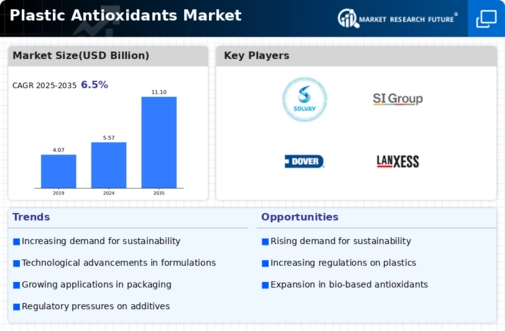
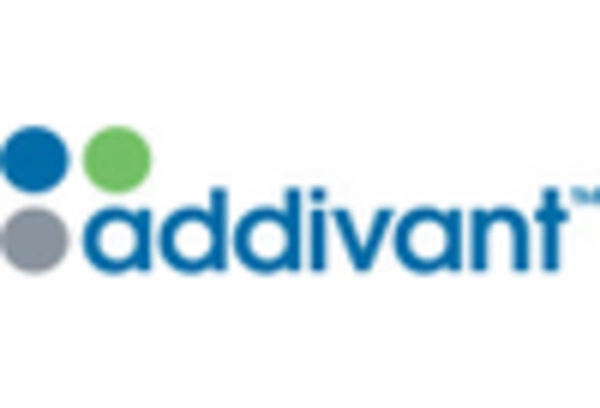

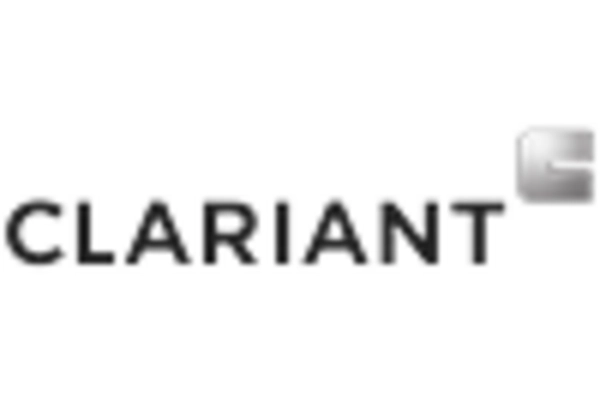
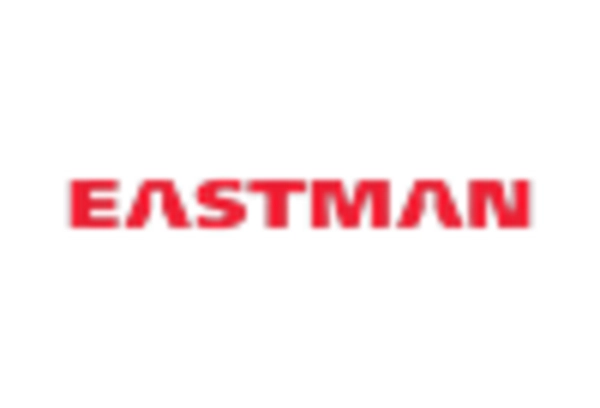

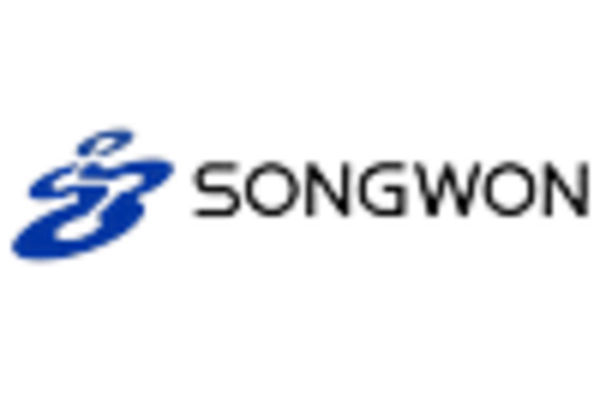









Leave a Comment